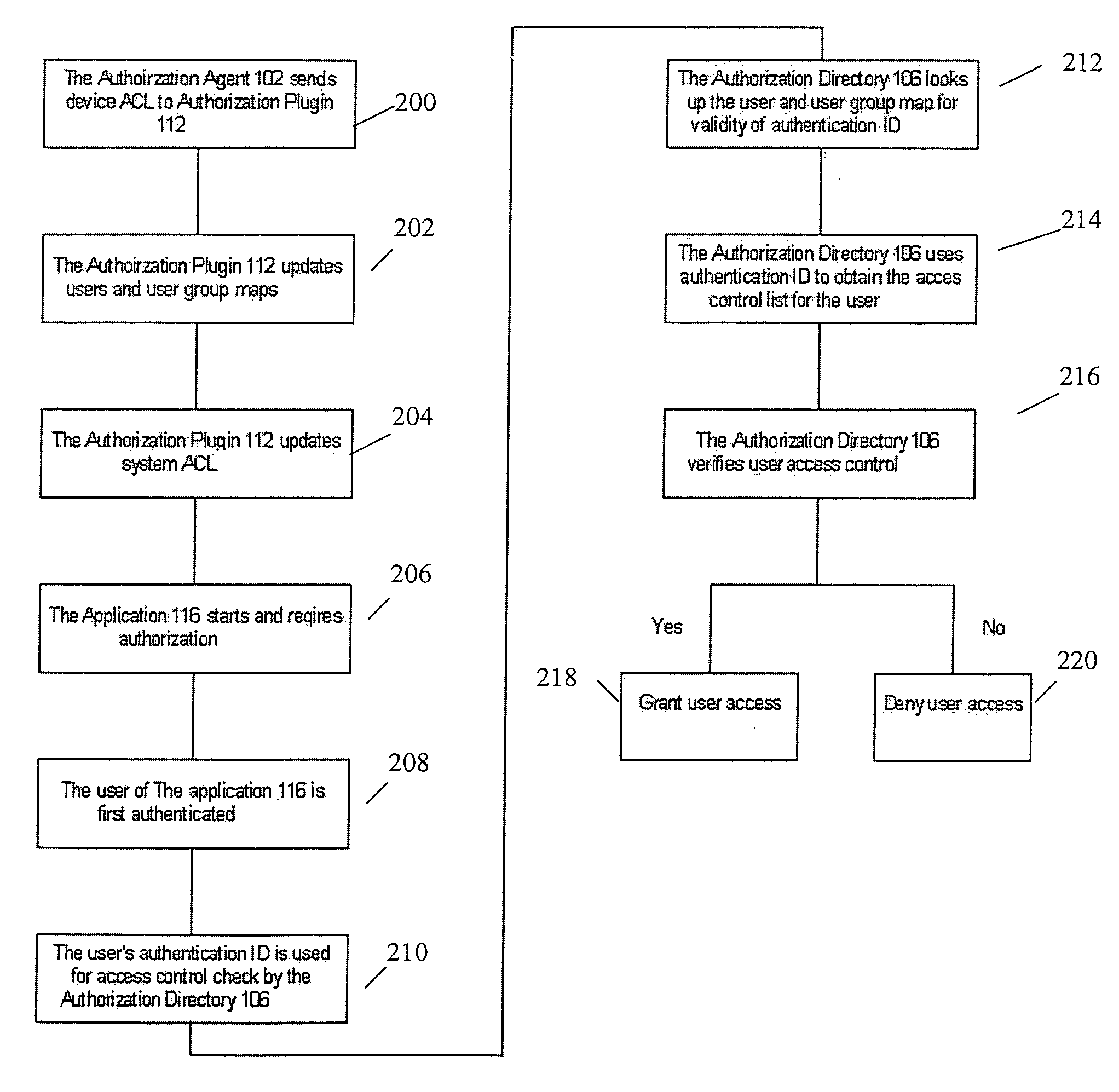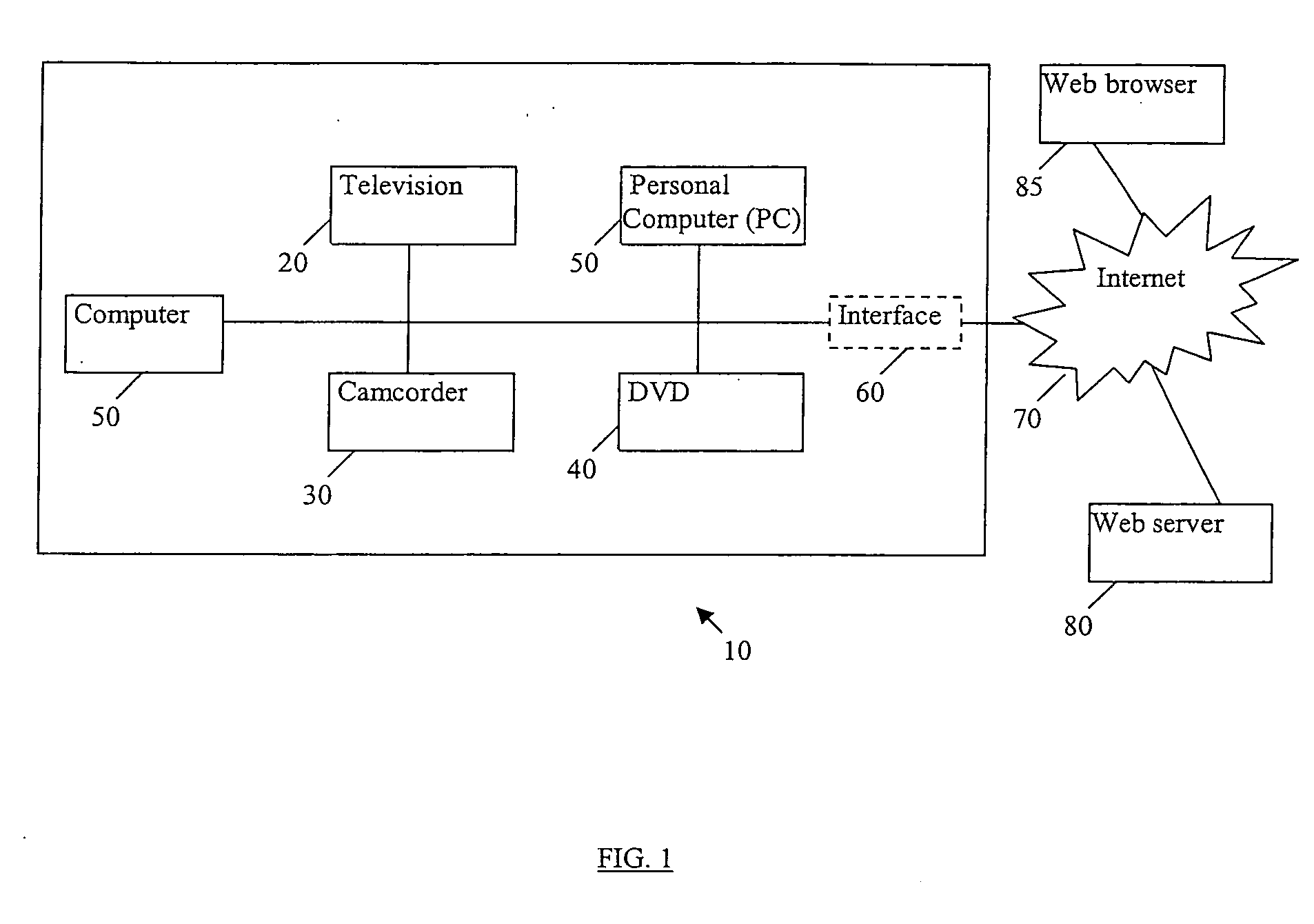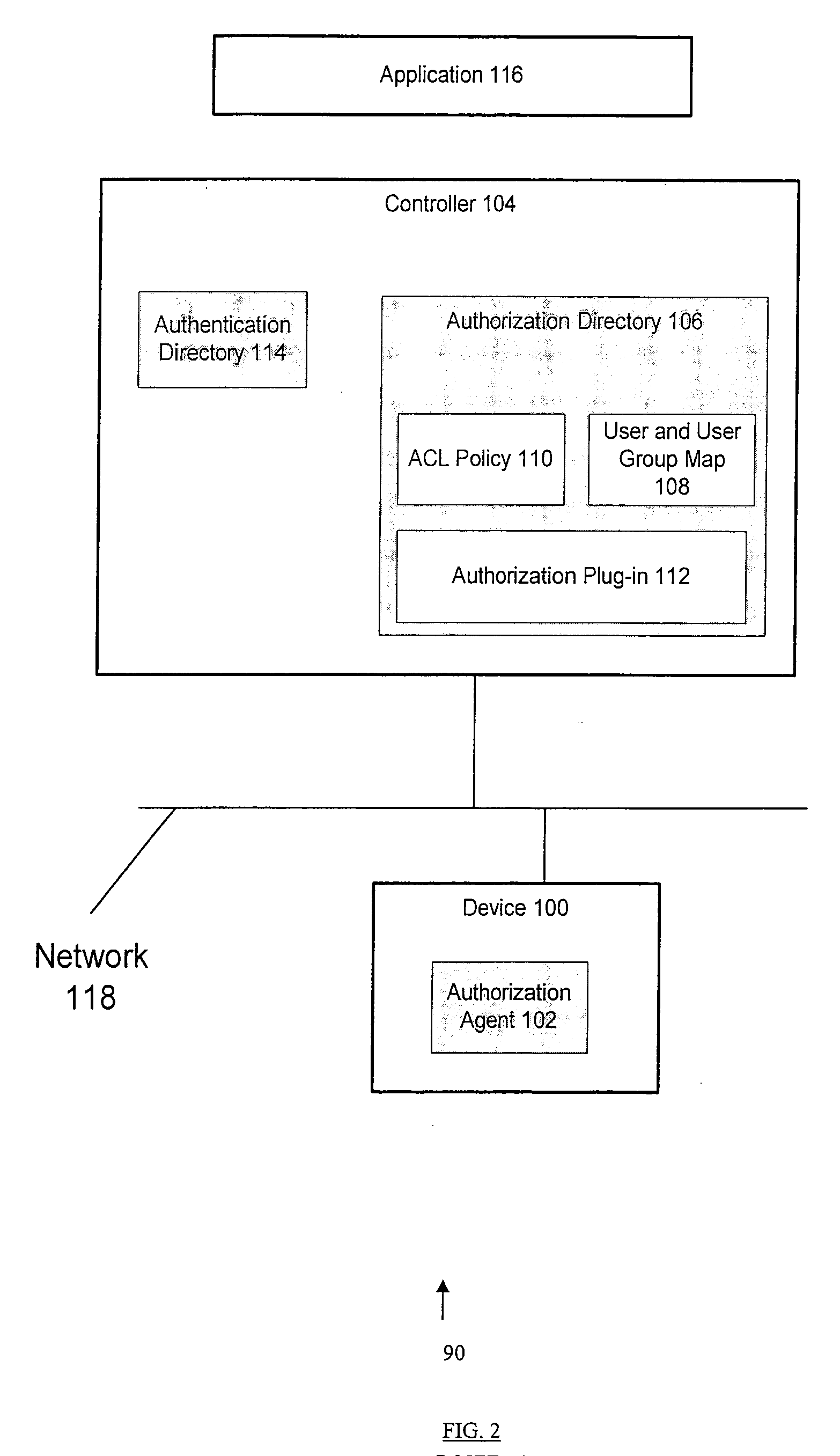System and method for user access control to content in a network
a user access control and content technology, applied in digital data authentication, instruments, computing, etc., can solve problems such as problems such as the inability to manage user access control devices in a home environment, and the inability to control content/resources in a network
- Summary
- Abstract
- Description
- Claims
- Application Information
AI Technical Summary
Benefits of technology
Problems solved by technology
Method used
Image
Examples
Embodiment Construction
[0018] Referring to FIG. 1, an example network such as a home network 10 that includes multiple devices, such as TV 20, camcorder 30, DVD 40, conventional computing devices, such as PCs 50, which can be connected to the internet 70 via an optional interface 60 for communication with a web server 80 and a web browser 85.
[0019] Each device in the home network 10 has device-specific access control mechanisms. For example, security-aware UPnP devices can have UPnP-specific ACLs that control who can access functionalities that are offered by such devices. Some of these devices have storage capabilities to contain content (e.g., as a PC can store pictures, video, audio files, etc.). These devices contain operation system specific ACL policies that describe who owns the content, and how the content can be accessed (e.g., “read”, “write”, “execute”, etc.) In addition, some devices have digital rights management (DRM) that controls how the content can be accessed and manipulated using Open ...
PUM
 Login to View More
Login to View More Abstract
Description
Claims
Application Information
 Login to View More
Login to View More - R&D
- Intellectual Property
- Life Sciences
- Materials
- Tech Scout
- Unparalleled Data Quality
- Higher Quality Content
- 60% Fewer Hallucinations
Browse by: Latest US Patents, China's latest patents, Technical Efficacy Thesaurus, Application Domain, Technology Topic, Popular Technical Reports.
© 2025 PatSnap. All rights reserved.Legal|Privacy policy|Modern Slavery Act Transparency Statement|Sitemap|About US| Contact US: help@patsnap.com



